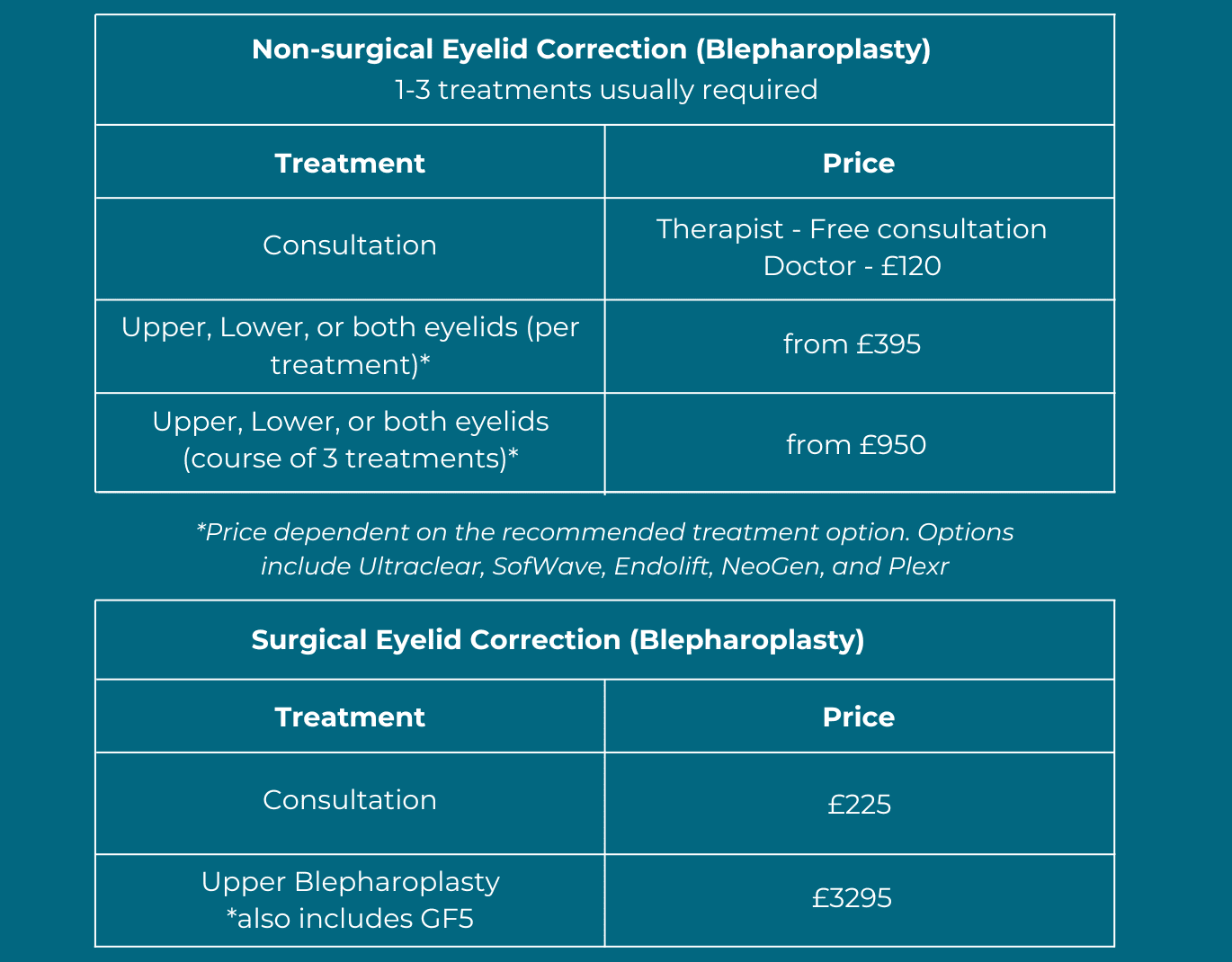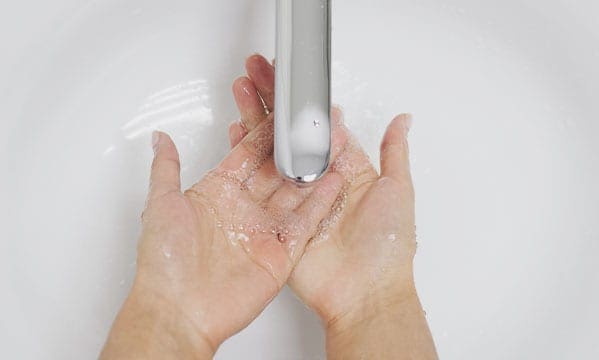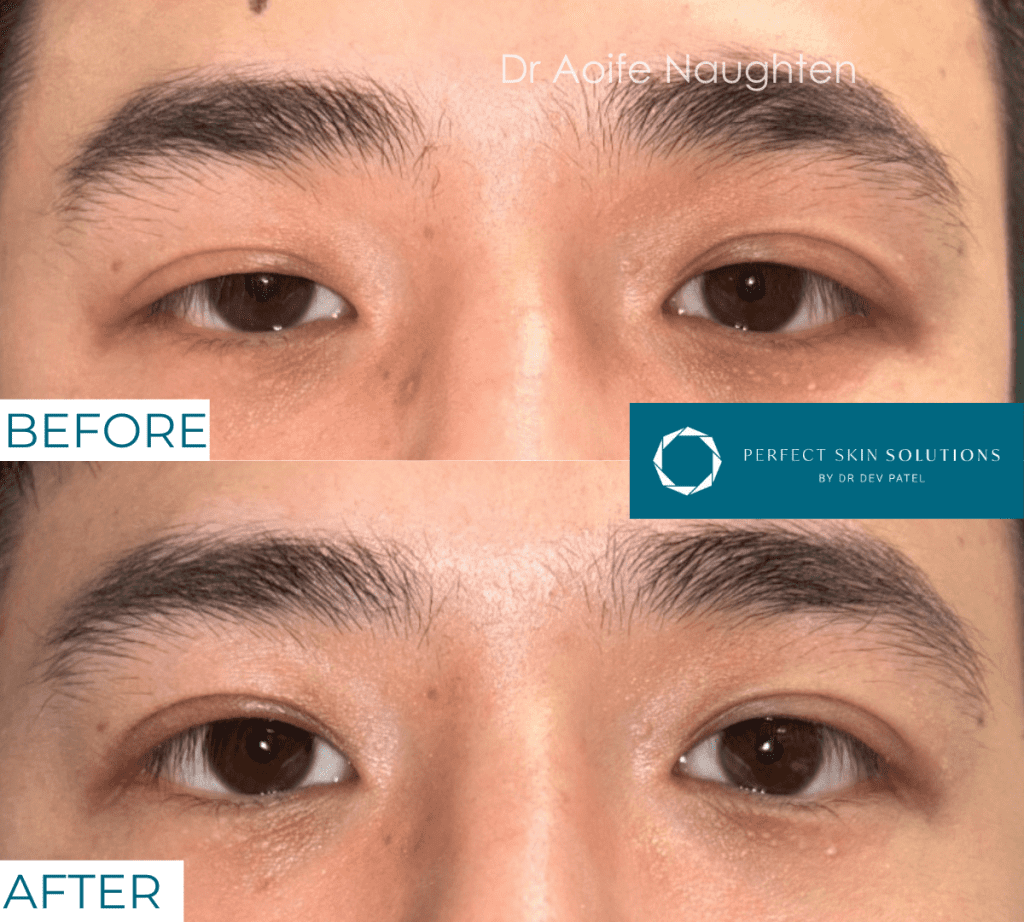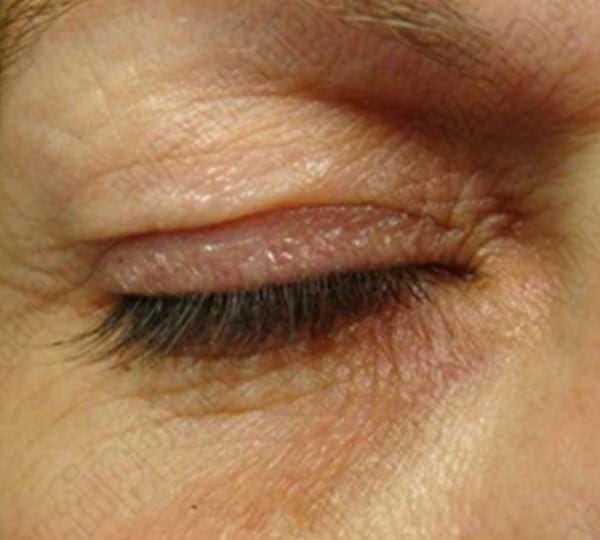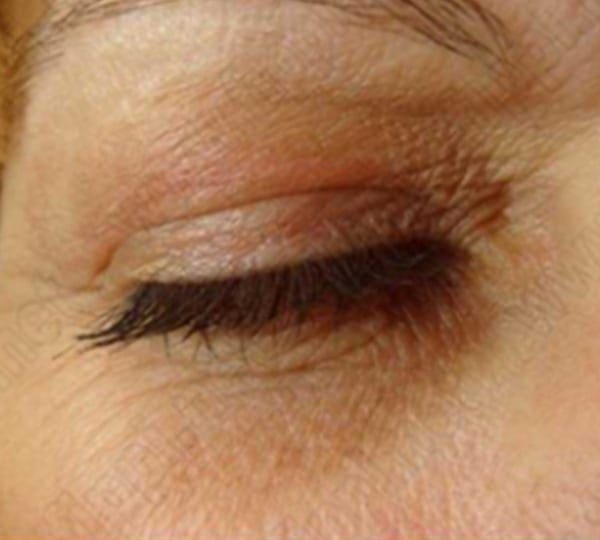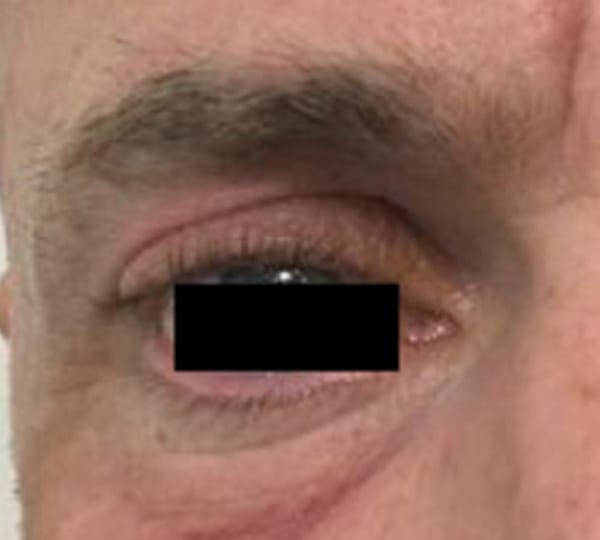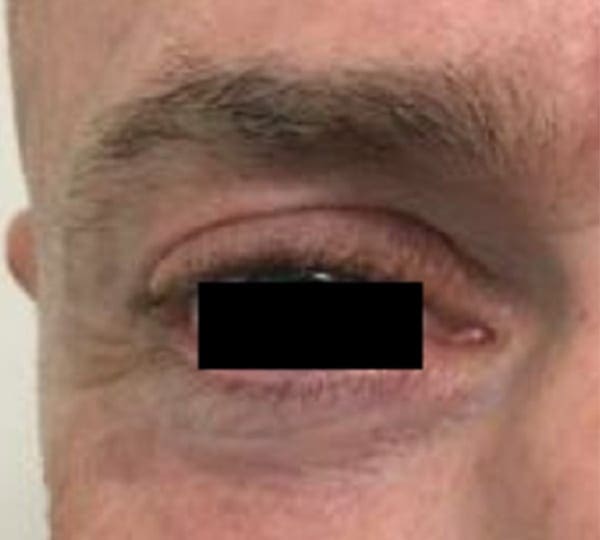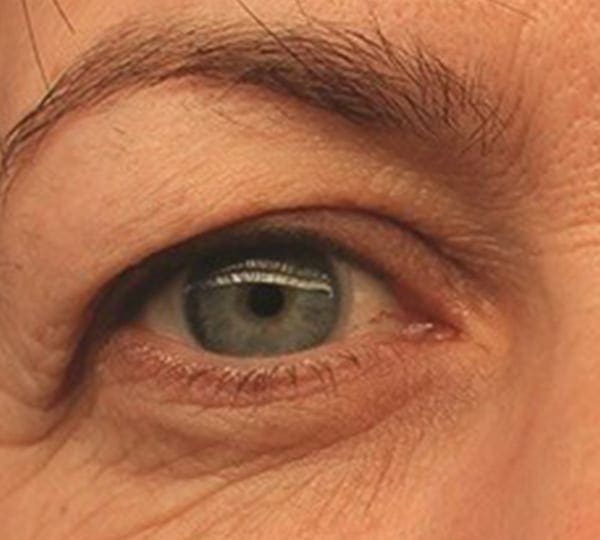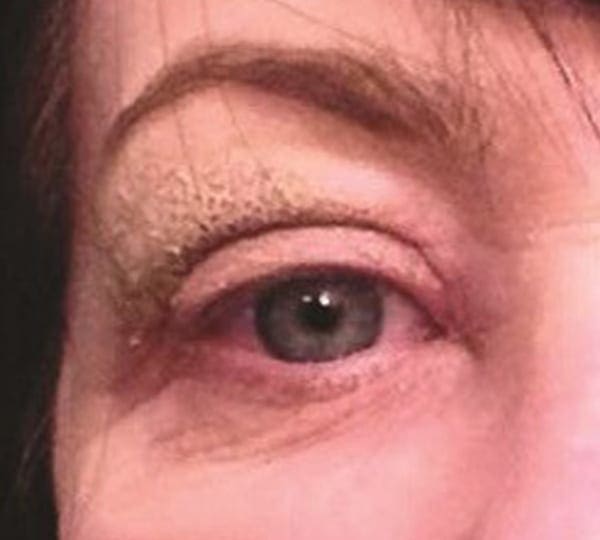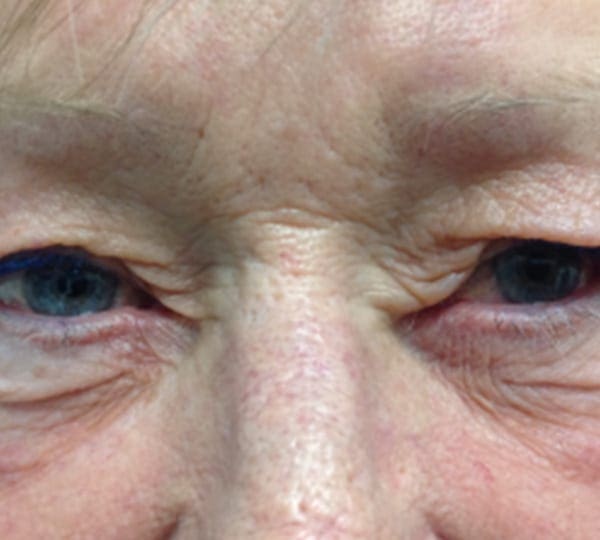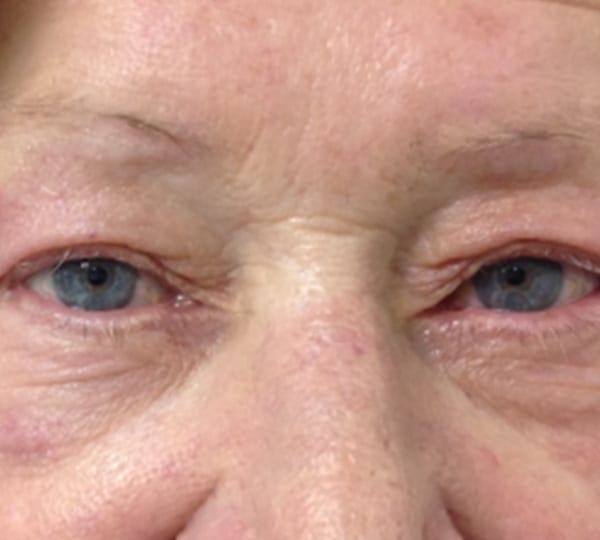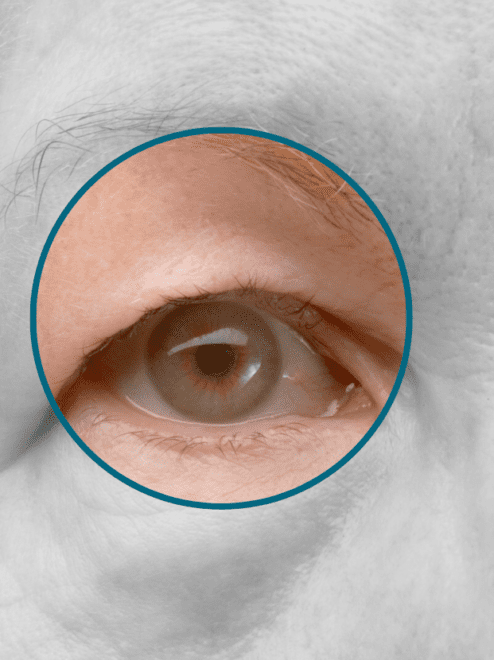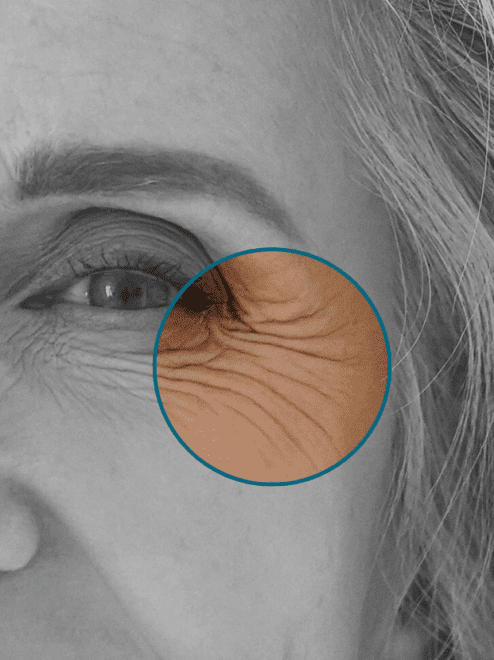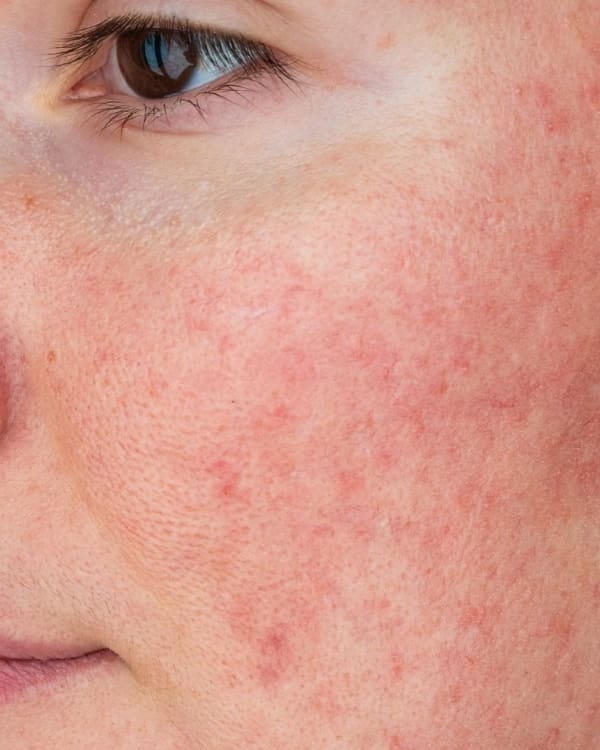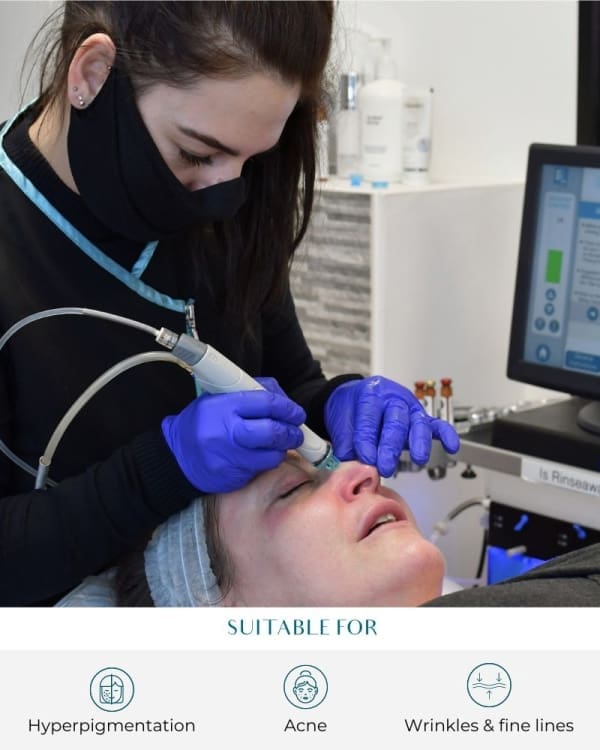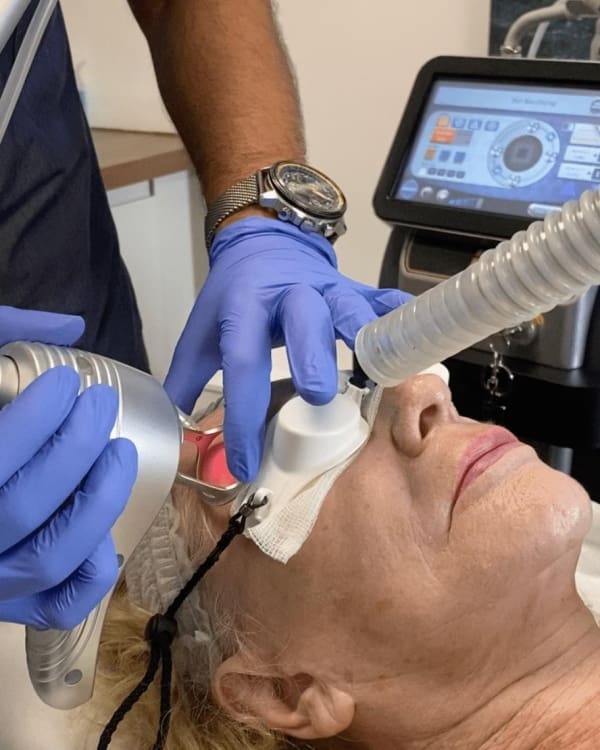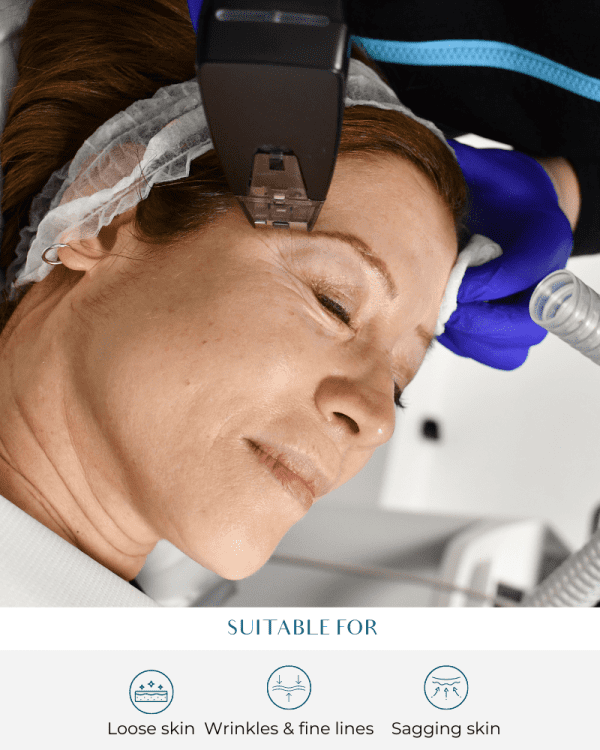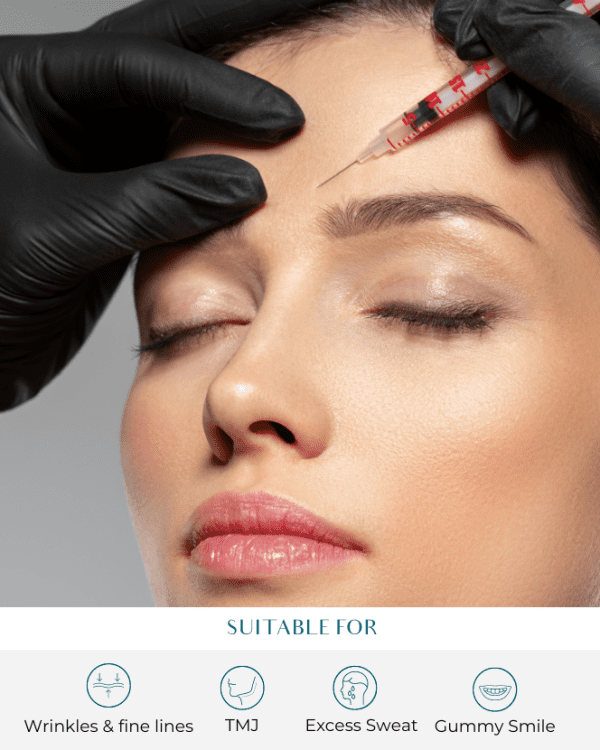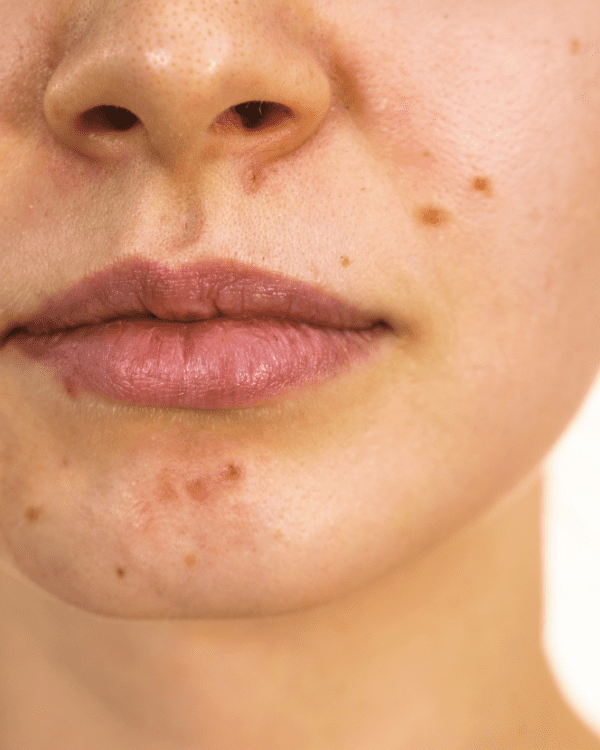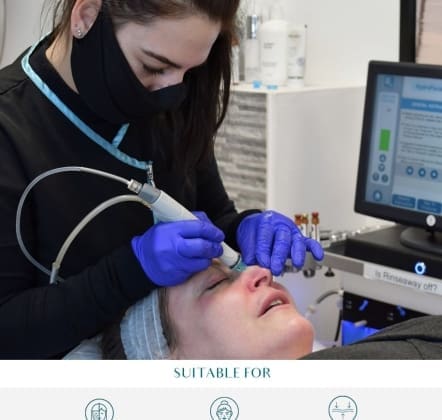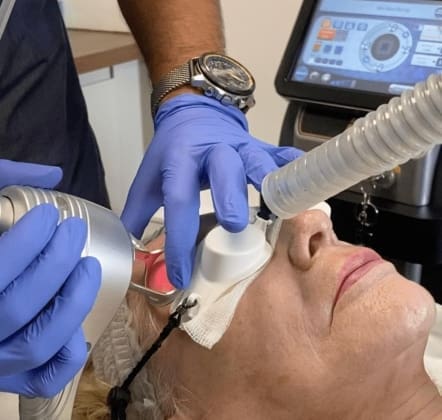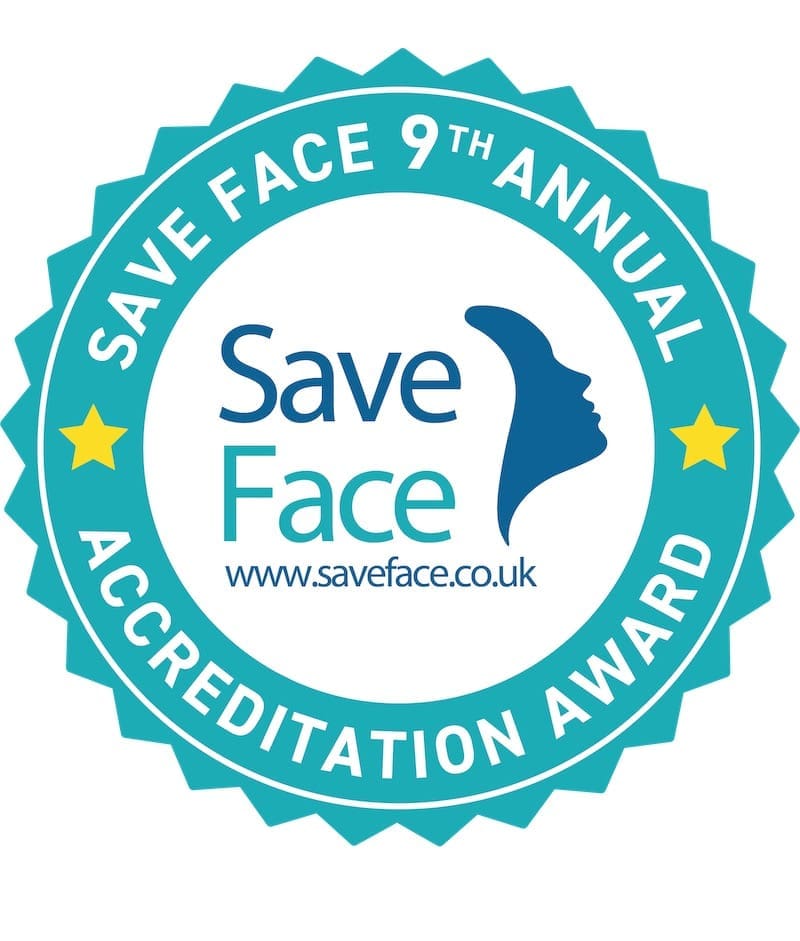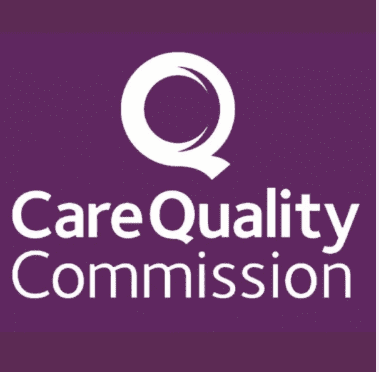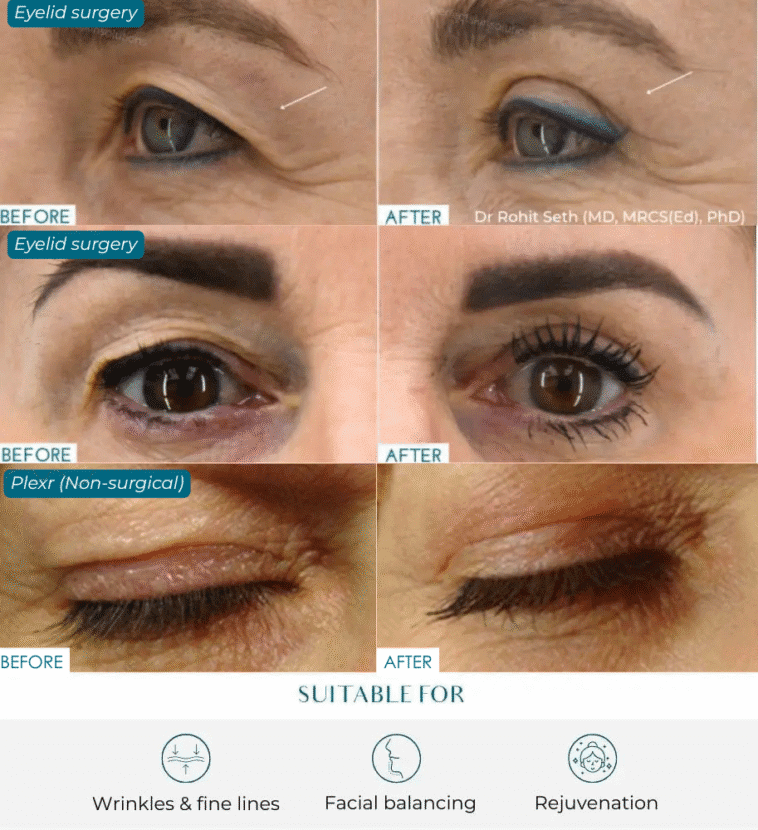
face Treatment
Eyelid Lift
Heavy or baggy eyelids are a very common complaint and in fact, traditional surgical eyelid correction is the 2nd most sought-after cosmetic surgery procedure in the UK. Redundant skin due to ageing, long-term inflammation e.g. dermatitis, smoking, or sun exposure results in descent of the upper eyelids, leading to drooping eyelids as a common concern. In early sagging, this still causes problems such as eye makeup smudging. Below the eyes, the skin can be creased and give the eyes a tired look, often referred to as tired eyes. A cosmetic surgery eyelid lift can address these issues, rejuvenating the eyes for a more youthful appearance and restoring a youthful appearance overall.
Introduction to Eyelid Surgery
Eyelid surgery, medically known as blepharoplasty surgery, is a highly effective cosmetic surgical procedure designed to rejuvenate the appearance of the upper and lower eyelids. By carefully removing excess skin and fat from the eyelids, this surgery addresses common concerns such as drooping upper eyelids, under eye bags, puffiness, and sagging skin that can contribute to a tired or aged appearance. Blepharoplasty surgery not only removes excess skin and fat but also helps to smooth wrinkles and restore a more youthful, refreshed look to the face. Whether performed on the upper eyelids, lower eyelids, or both, this surgical procedure can dramatically improve the overall aesthetic of the eyes, making them appear brighter and more alert.
Non-surgical blepharoplasty (eyelid and eye area lift)
We can use non-surgical options to tighten and improve the skin around the eyes. These treatments use laser and ultrasound technology to rejuvenate skin and collagen.
What non-surgical treatments lift excess skin on the eyelids?
Our favourite non-surgical eyelid lift options include Ultraclear, Sofwave, EndoLift, NeoGen, and Plexr.
Dr Patel is one of the pioneers of PLEXR in the UK. With this award-winning device, he can perform a “soft” surgical blepharoplasty. Therefore, without any needles or cutting of the skin, he can effectively remove excess skin from around the eyes.
Surgical blepharoplasty (eyelid lift)
Sometimes the surgical route is preferable, depending on the case. This could be due to the amount of excess skin on the eyelid. Surgical options include upper blepharoplasty, which targets the upper eyelids by making incisions in the natural fold to remove excess skin and fat, and lower blepharoplasty, which focuses on the lower eyelids. Lower eyelid blepharoplasty is specifically designed to address under-eye bags, puffiness, and sagging skin. Both procedures can remove excess fat for a smoother, rejuvenated appearance. For those seeking more comprehensive facial rejuvenation, a face lift can be combined with eyelid surgery for enhanced results. In addition to cosmetic improvements, these procedures can also improve the visual field for patients whose drooping eyelids obstruct their vision. We have two very reputable surgeons who work with us, both have a wealth of experience and qualifications in their specialist fields. Our CQC registered surgery allows you to complete your whole journey with us from consultation to stitch removal, including any necessary follow up appointment to monitor your progress and healing. Some patients may require further treatment or revision procedures to achieve optimal results. Learn more about eye surgery here.
Post Treatment Expectations for Eye Surgery
Initial Consultation
The initial consultation is a vital first step in your blepharoplasty journey. During this appointment, your surgeon will take the time to understand your goals and expectations, thoroughly assess your eyelids and facial anatomy, and discuss the best approach to achieve your desired results. Your medical history will be carefully reviewed to ensure that eyelid surgery is safe and appropriate for you. The surgeon will also examine the health of your eyes and surrounding tissues, answer any questions you may have, and explain both surgical and non-surgical options. This personalized approach ensures that your treatment plan is tailored to your unique needs and that you feel confident and informed before moving forward with surgery.
Preparing for the Procedure
Proper preparation is essential for a smooth blepharoplasty procedure and optimal recovery. Your oculoplastic surgeon will provide you with detailed instructions tailored to your needs. It’s important to arrange for a trusted friend or family member to drive you home after surgery and stay with you for the first night. You may be advised to stop taking certain medications, such as blood thinners and herbal supplements, as these can increase the risk of bleeding during surgery. If you wear contact lenses, you’ll need to avoid using them for a few weeks before and after your procedure to prevent irritation and aid healing. To help reduce swelling and bruising after surgery, applying cold compresses—such as frozen peas wrapped in a clean cloth—can be very effective. Following these guidelines will help ensure a safer procedure and a more comfortable recovery.
What to Expect During the Procedure
On the day of your blepharoplasty procedure, your surgeon will begin by marking the natural crease of your upper eyelid or just below the lashes of your lower lid, depending on the area being treated. The procedure is typically performed under local anaesthetic, but general anaesthetic may be used if needed for your comfort. The surgeon makes precise incisions in these natural folds to remove excess skin and fat, and, if necessary, reposition excess fat for a smoother contour. Special care is taken to minimise visible scarring, using fine sutures and advanced techniques. The entire blepharoplasty procedure usually takes between 30 minutes and one and a half hours, depending on whether you are having upper eyelid surgery, lower eyelid surgery, or both. Most patients are able to return home a few hours after the operation, ready to begin their recovery.
Potential Complications and Risks
As with any surgical procedure, blepharoplasty surgery carries some potential risks and complications. These may include bleeding, infection, blurred vision, watery eyes, and temporary sensitivity to light or wind. Some patients may experience dry eyes or require revision surgery to achieve their desired results. To reduce the risk of complications, your surgeon will provide you with detailed aftercare instructions, such as applying antibiotic ointment to the eyes and avoiding strenuous activities for a few weeks after surgery. Attending all scheduled follow-up appointments is essential to monitor your healing and address any concerns promptly. By following your surgeon’s advice and taking proper care during your recovery, you can help ensure a smooth healing process and enjoy the rejuvenating benefits of your eyelid surgery.
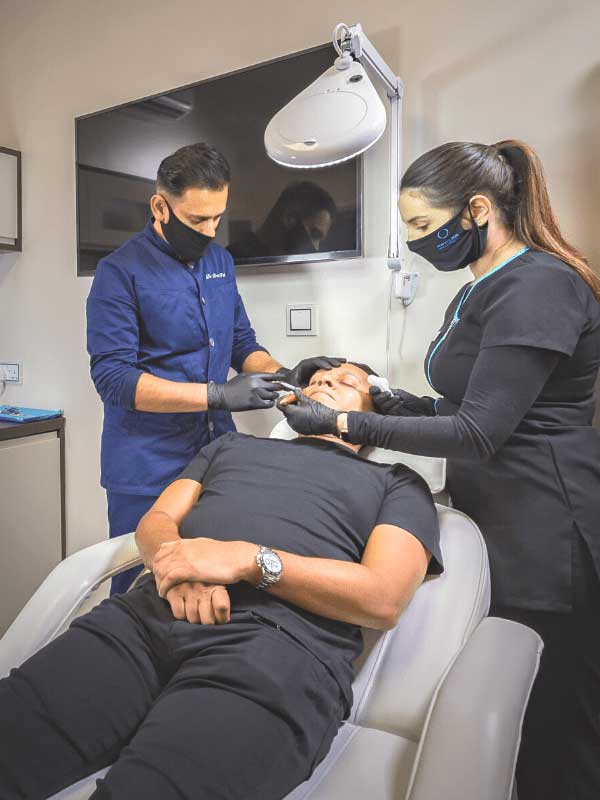

Why choose Perfect Skin Solutions for your Eyelid Lift?
Dr Patel is currently UK Ambassador, Lead Trainer AND Global Key Opinion Leader and Trainer for Plexr® and Plexr Plus. Dr Dev Patel is the UK’s foremost expert in Plexr® and was the first doctor in England to offer Plexr®. He has also been invited to speak on Plexr® at both National and International cosmetic conferences and events. As of the start of 2020, Dr Patel had performed over 2,500 Plexr® procedures.
Get in contact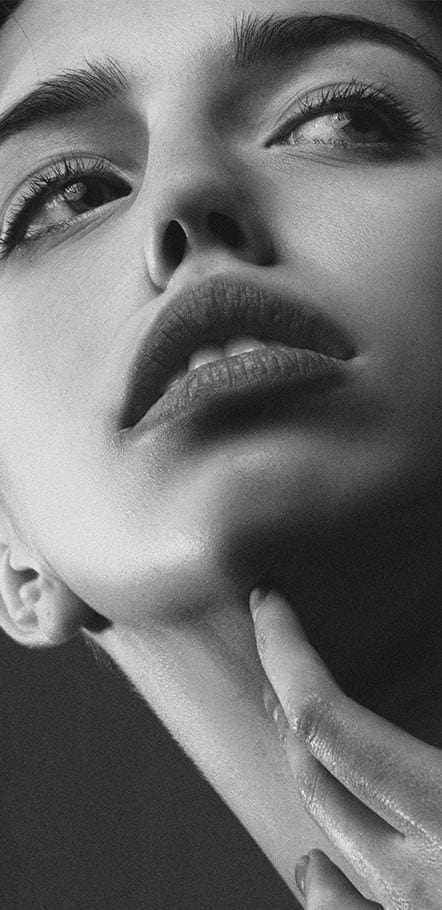

At a glance
Treatment time
10 minutes -1 hour dependent on treatment
Anaesthetic
Dependant on treatment
Full recovery
10-21 days
Back to work time
Varies
Sensitivity period
5-7 days
Duration of result
Long-Term
Risks & complications
Very low risk; swelling, itching, hyperpigmentation







